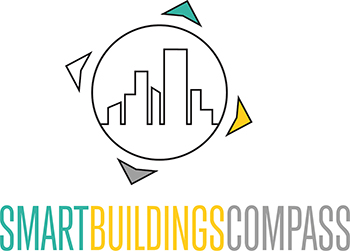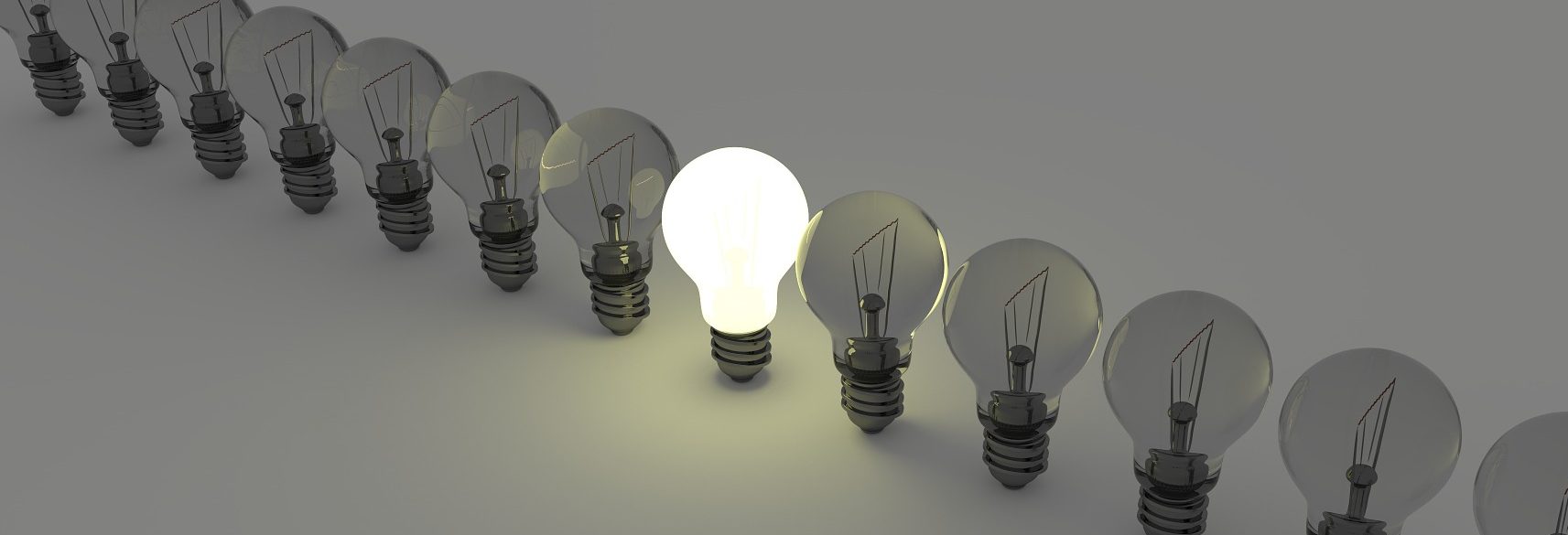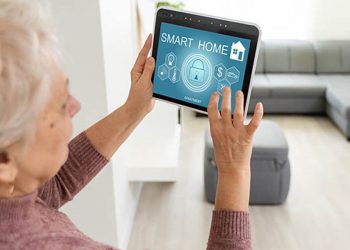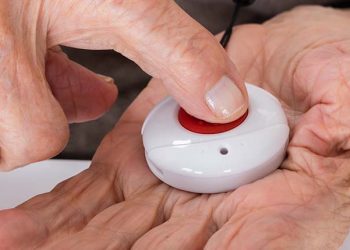Energy efficiency generally describes the ratio of a certain benefit – for example, the provision of light or heat – to its energy input. The less energy used to manufacture or operate a product, the more energy-efficient and environmentally friendly it is.
Technical devices
In the case of technical equipment, energy efficiency classes assist in the selection of products. They classify the devices according to their consumption, putting them in relation to referral products. As of March 1, 2021, there has been new energy labels for certain household appliances such as refrigerators, freezers, dishwashers, washing machines, and even TVs and displays. Energy efficiency classes are designated by the letters A-G, where A denotes the best energy class but is not achieved by current products. The plus signs, which were common until the reorganization of the classes, have been dropped. Other appliance-specific information is also printed on the labels, such as the water consumption of washing machines or the total electricity consumption for 100 wash cycles.
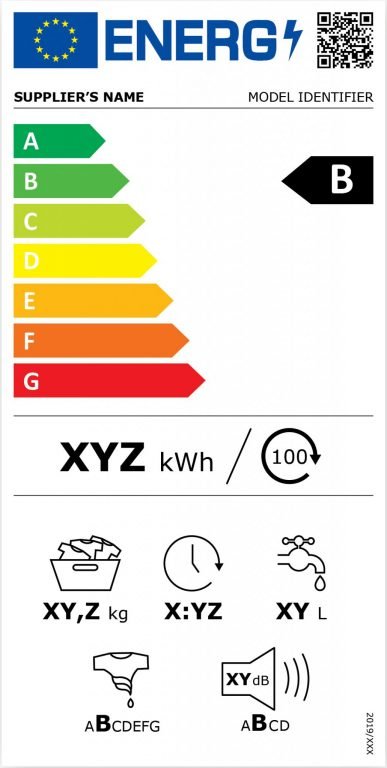
The new classes also come for other products
The new ratings, which are also based on a new calculation method, are to be applied to other products such as air conditioning and heating units or vacuum cleaners in the coming years. In the meantime, the classifications for luminaires have already been changed. Please note: Old classifications cannot easily be converted into new ones.
There is also such a division into energy classes for houses. Here there are the classes A+ to G (until 2024 also H/J). They are documented in the energy certificate.
The EU intends to further tighten energy efficiency requirements in the coming years. Buildings that do not meet current energy standards then represent a higher market risk, which also increases the interest burden at the time of purchase. Added to this are steadily rising energy costs, which are making buildings in poor energy condition increasingly unattractive. In sum, it will therefore become increasingly difficult and expensive to operate, buy or sell buildings with high energy consumption.
Author: Anja Herberth
Chefredakteurin
